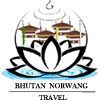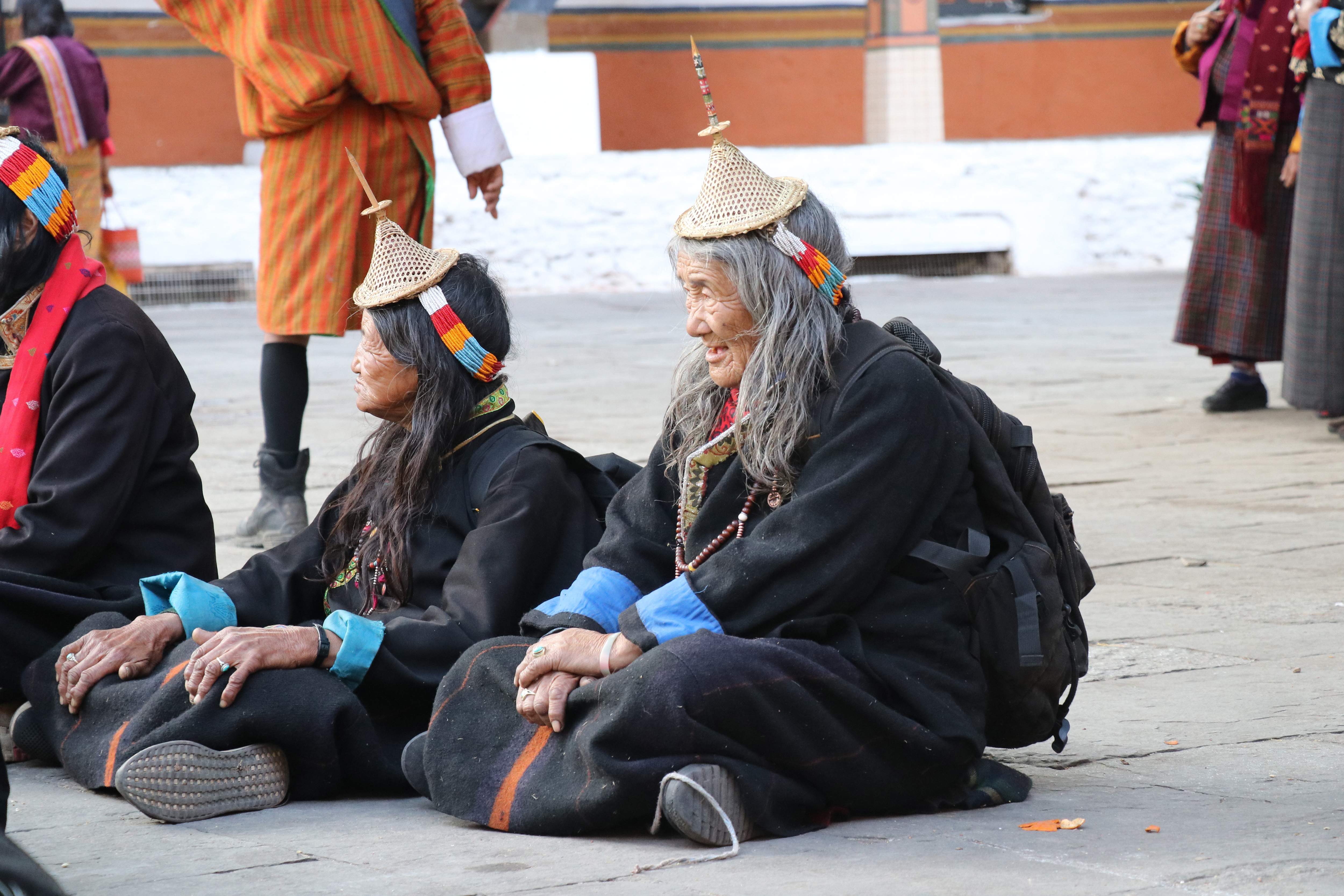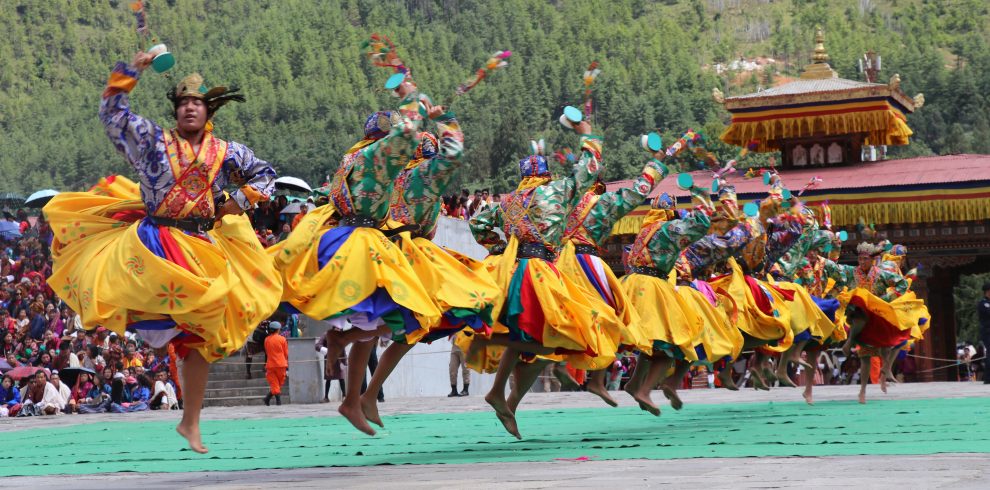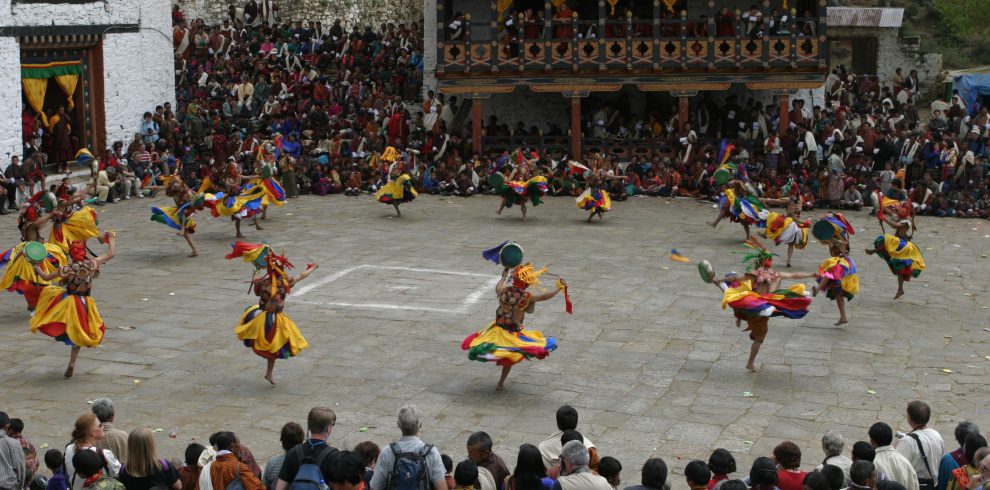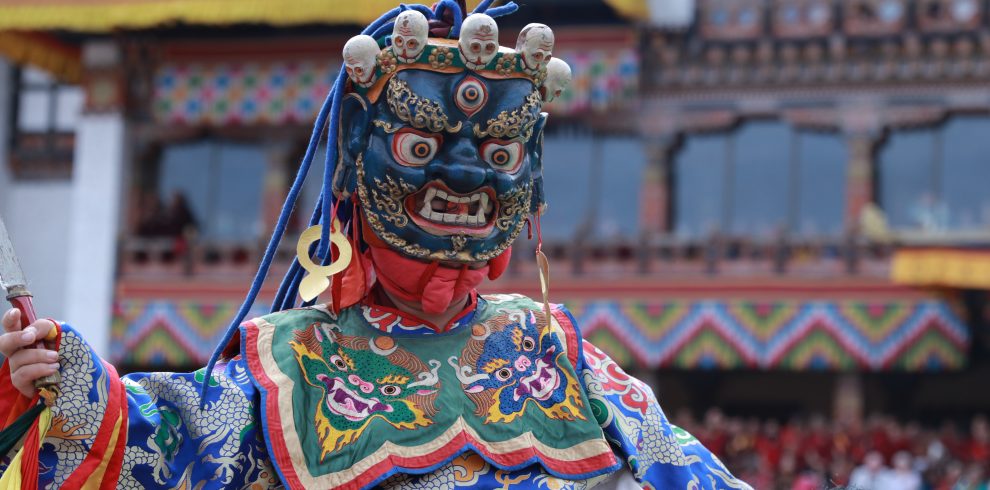This annual gathering of Bhutan’s nomadic highlanders in the central valley of Bumthang is your unforgettable opportunity to learn and experience how the nomads of Bhutan’s northwestern and northeastern Himalayan frontiers live. Gain insights into how these proud communities which form a rich part of Bhutan’s ethnic diversity have survived with their cultures intact to this day. Witness the grand pageantry of the Chipdrel, a ceremonial procession reserved for royalty, see some of the toughest highlanders in the country demonstrate their skills in keyshey or traditional Bhutanese wrestling and participate in friendly contests of archery, khuru (wooden dart throwing), soksum (a light spear or javelin) and dego (similar to horseshoe throwing but with rocks). Sample some nomadic cuisine, and if you’re truly brave, try the fiery hot national dish of Ema Datshi to the accompaniment of highlander staples prepared from maize and buckwheat flour.
<strong>Regional Background</strong>
<p align="justify">The two major nomadic tribes in Bhutan, the Brokpas of the east and the Layaps of the west, inhabit some of the most rugged terrains in the country. Their economy depends heavily on yaks, evident in the many ways in which these animals feature in their celebrations, and although both communities are gradually entering in the cash economy, a greater part of their livelihood still depends on ancient bartering practices. This journey into the sacred heartland of Bhutan also provides the added bonus of access to a series of the most exquisite temples and monasteries in the entire kingdom.</p>
<strong>Things to See and Do at the Gathering</strong>
<p align="justify">Dress like a Bhutanese highlander and try on an entire ensemble spun from yak hair, including the Brokpa black hat with the five long fringes down the front or the conical bamboo Layap headgear. For the ladies, try your hair done in traditional plaits and brightly colored ribbons. Or wear the wide beautiful apron that is tied at the waist and decorated with colorful motifs of flowers and animals.</p>
<p align="justify">Step into a yak herder’s tent and enjoy a meal as a traditional nomadic family would, in a cross-legged circle around the stone hearth in the middle. Shop for some of the finer examples of Bhutanese arts and crafts; catch an artisan breathing life into a bronze statue, a blacksmith forging a sword, a demonstration of a potter’s molding skills, the spinning of yak hair into weaving yarn.</p>
<p align="justify">You may also be interested in the festival-wide demonstrations of traditional Bhutanese village life. See how ancient millstones are still used for grinding maize, how rice harvests are pounded to separate the grain from the husk and ox-drawn ploughs are used to till the fields. All this and so more provides an intimate glimpse of the nomadic life.</p>
<p align="justify"><strong>Getting there</strong> On arrival at the International airport in Paro, drive to the capital, Thimphu. Continue to Bumthang on the national highway that links Eastern Bhutan to the west. The drive along the winding mountain roads will take you over three high passes with incredible Himalayan views. From Wangdue, drive straight to Bumthang or overnight in Trongsa, with the longest fortress in Bhutan. Expect a total eight hours on the road from the capital to Bumthang with plenty of time to take in the stunning sights.</p>
